
When people are either born somewhere or choose to live somewhere, they should take the cost of living into account. A dollar will stretch much further in some states than it does in others. The state of California is not only the biggest state in the nation, but it is also the most expensive.
1. The State of California Offers Plenty of Opportunity

California not only has the largest economy among American states, but it also has the fourth-largest economy in the world, behind the United States, China, and Germany. There are enormous opportunities job-wise in the state.
2. But That Large Economy Hurts People Who Make Less Money

While plenty of people are thriving financially in California, many people are also left behind. Lower-wage workers often run into problems when it comes to making ends meet, as the cost of housing is the most expensive in the country.
3. There Are Concerns That the Raise May Not Help the Workers

The move to raise the salary for those people was well-intentioned and clearly necessary in a state like California, where everything is more expensive than the national average. And that created worries that the increase may not be enough.
4. The American Federal Minimum Wage and Poverty
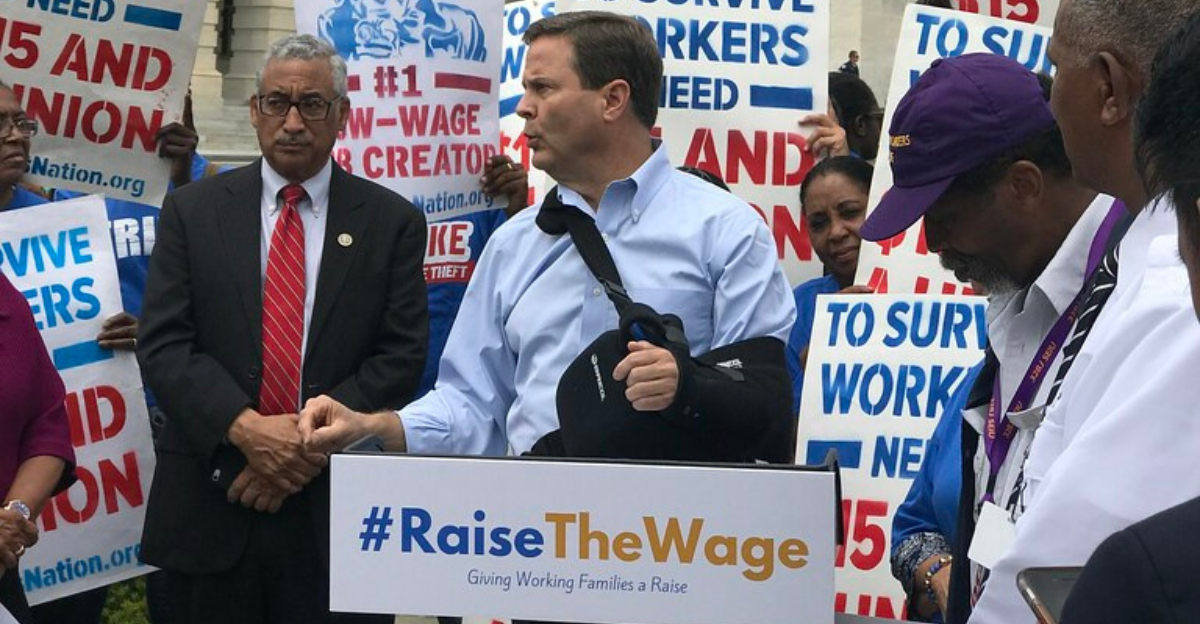
The federal minimum wage is $7.25 in the United States. That means that someone who works full-time, year-round, at that rate would still be living below the country’s poverty line. The minimum wage has not seen an increase since 2009.
5. California Has a Much More Aggressive Minimum Wage

Some more progressive states, California included, offer a minimum wage that is much higher than the one mandated by federal law. In the state of California, workers are paid a minimum of $16.50 per hour.
6. Fast Food Workers Are Paid Even More

California has also enacted a specific minimum wage for some jobs and some areas. Workers in San Francisco, Berkeley, and Los Angeles are paid more than people in other cities. And people who work in the fast-food industry are paid $20 per hour.
7. Fast Food Workers Saw Their Minimum Salary Go Up In 2024
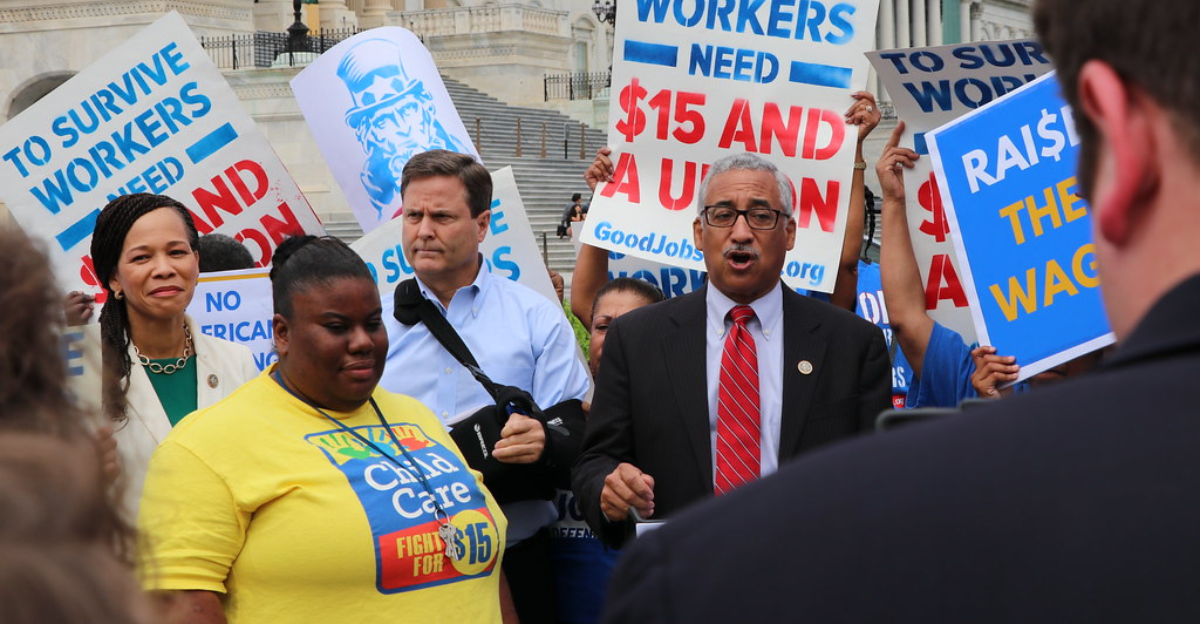
Many fast food workers around the country make only $7.25 an hour at their job, but workers in California make nearly three times as much as that. The $20 minimum wage for fast food workers went into effect in California on April 1, 2024.
8. That Number Can Continue to Go Up

The federal minimum wage has not risen since 2009, but the expectation is that if there is inflation, the California fast food minimum wage could rise. Along with passing the initial bill, the FAST Act allowed for salaries to increase as inflation does.
9. The Law Did Not Affect Every Fast Food Restaurant

The law in California affects most of the restaurants one would imagine, including McDonald’s, Burger King, and Wendy’s, but fast food establishments that aren’t so big got a pass. Those chains with fewer than 60 locations are not included in the law.
10. Workers Fought Hard For Their Raise
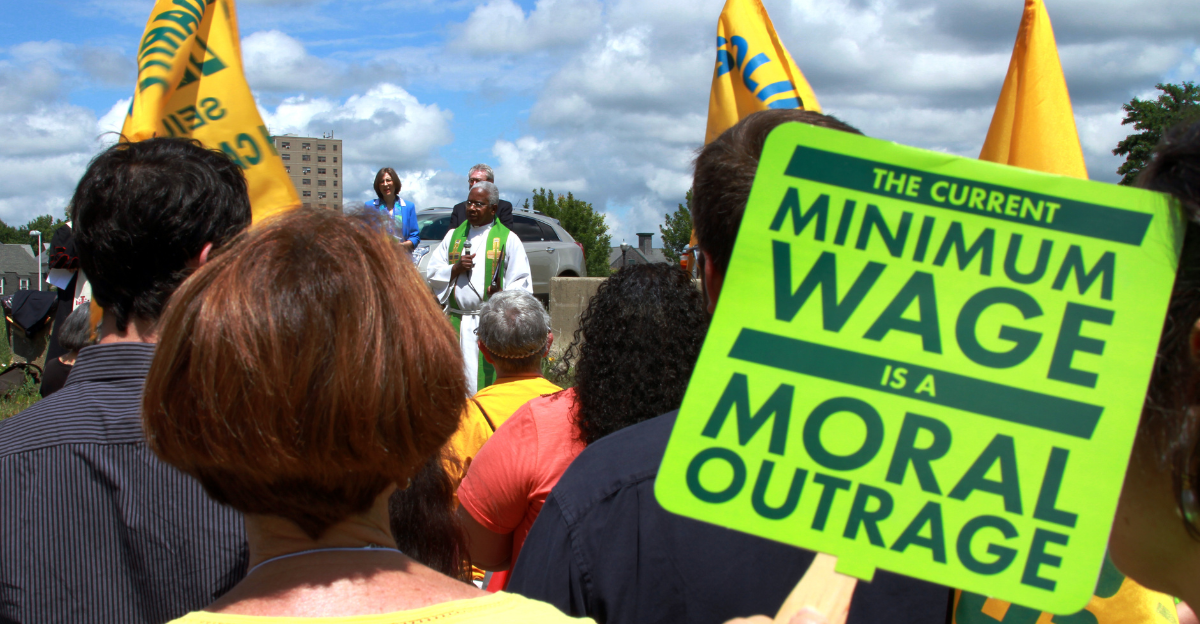
The law that increased the minimum wage for fast food workers in California did not happen easily; the restaurant workers fought hard for it. The employees argued that with the significant cost of living in the state, it was absolutely necessary.
11. The Franchises Fought Hard Against the Measures

While the workers were furiously working towards an increase in pay, the employers were working just as strenuously against it. They saw several issues with the potential price hikes and used all of the tools at their disposal to oppose the movement.
12. The Restaurants Argued That There Would Be Severe Staff Cuts

A main reason for the restaurant owner’s resistance to the minimum wage increase was that they would have to cut large numbers of staff. The businesses claimed that they would have to run with smaller staff in order to make a profit.
13. There Have Not Been Mass Layoffs in California

More than a year has now passed since California enacted its $20 per hour measures. The fear that there would be mass job cuts has not come to pass. While there have been job cuts, there have been nowhere near as many as franchises claimed there would be.
14. The Chains Also Argued That Workers Would Be Replaced by Automation
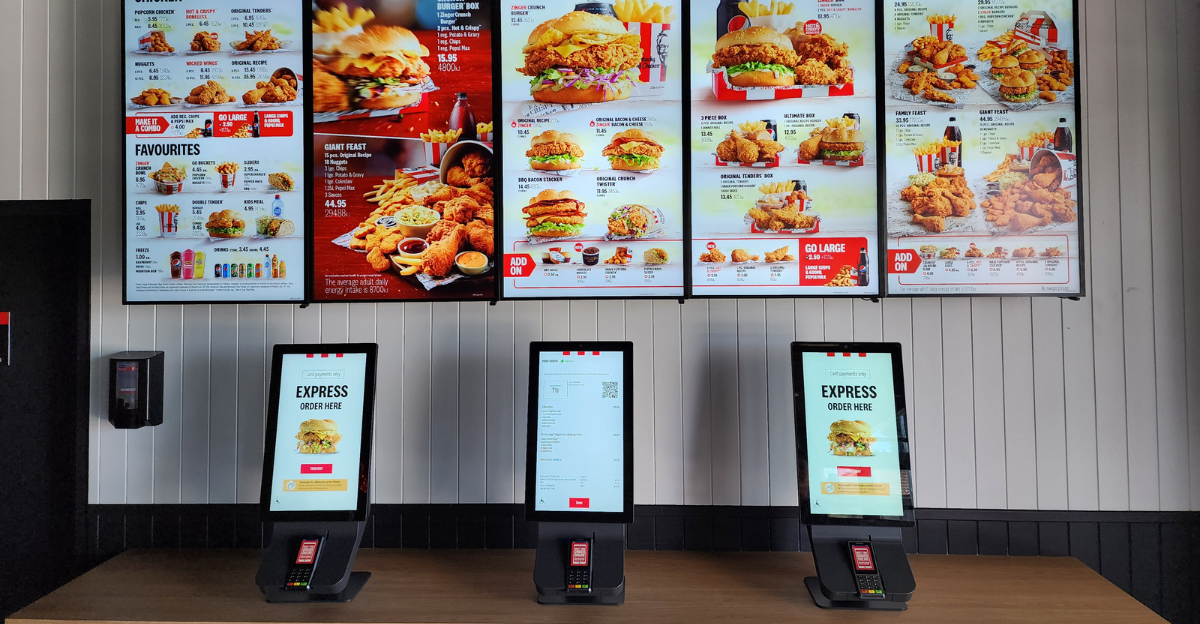
Restaurants claimed that they would respond to the wage raise by utilizing automation such as self-ordering kiosks, AI-boosted drive-thrus, and mechanized kitchen equipment. These changes would make it so that they would require fewer workers.
15. This Change Hasn’t Really Occurred Yet
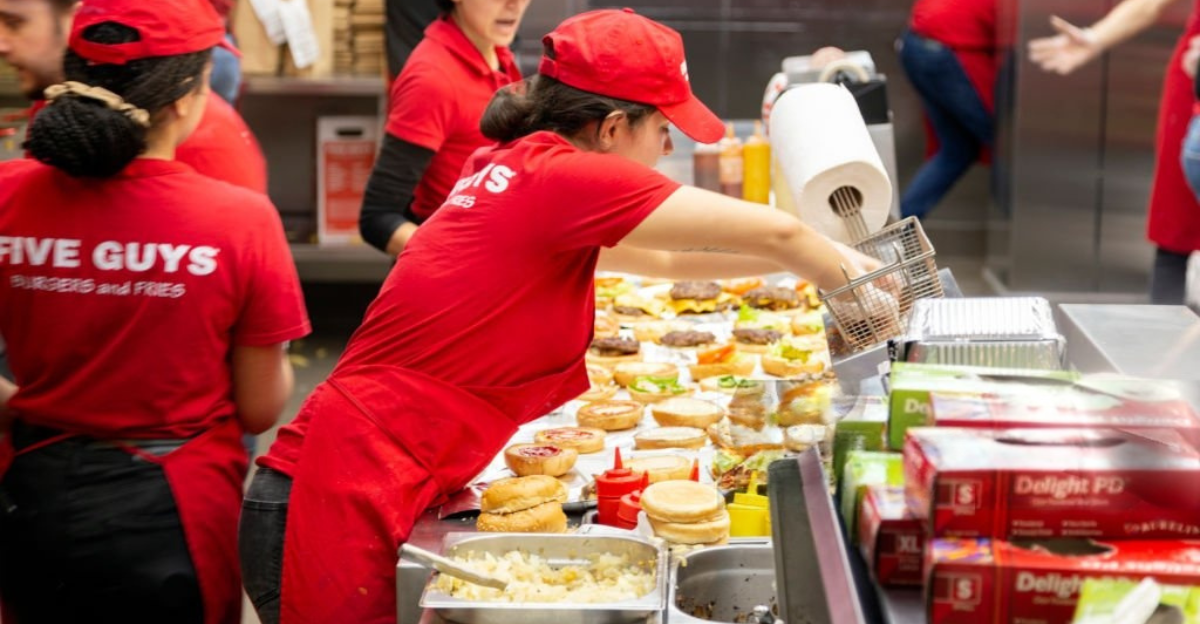
Many of the restaurants have incorporated enhanced technology, but few have been able to make the kinds of changes that could replace workers in a meaningful way. While it is still likely to happen, it could take years.
16. Chains Said That They Would Be Forced to Raise Prices
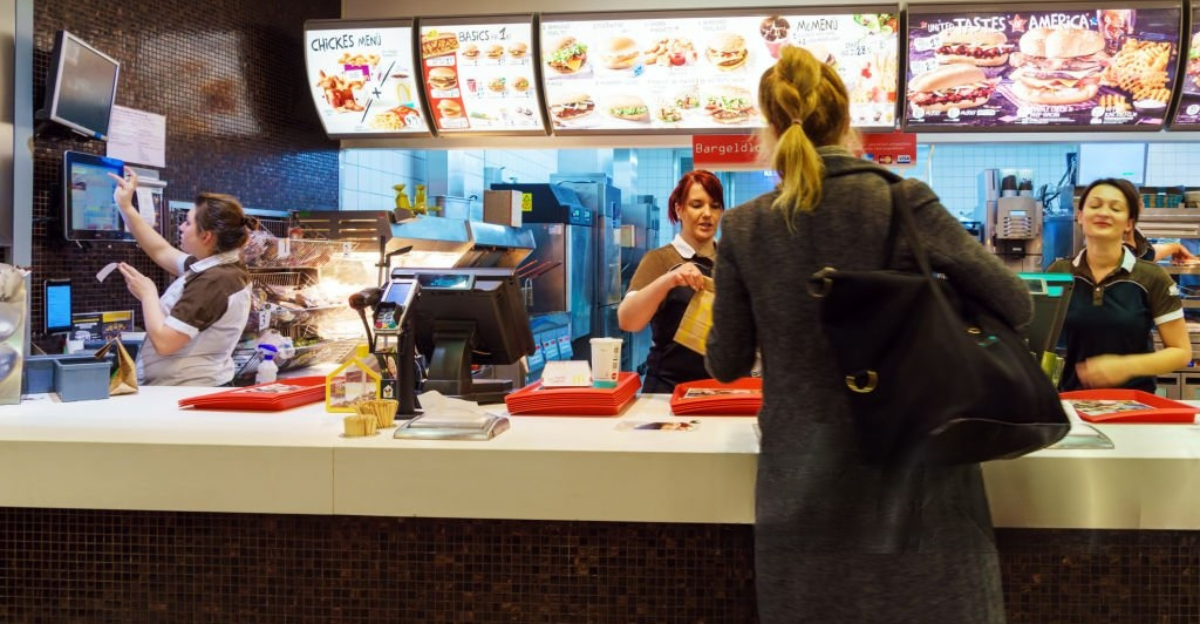
Many restaurants argued that if they had to pay all workers $20 an hour, they would have to raise prices. And in making this argument, the businesses claimed that in this case, customers would be paying for the pay raises.
17. This Argument is Coming True
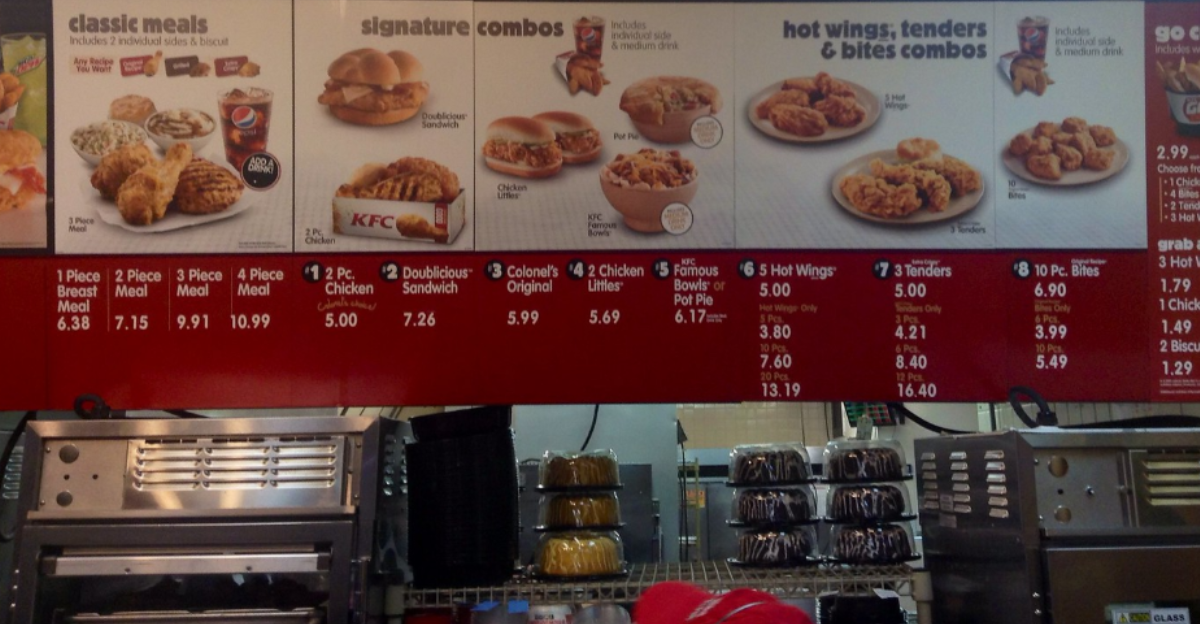
While inflation has had a part in rising prices at restaurants, the need to pay for worker raises is also having an impact. A recent study showed that 98% of restaurants in California have had some kind of price increase since the measure went into law.
18. The Whole Scenario is Having a Negative Impact on Workers
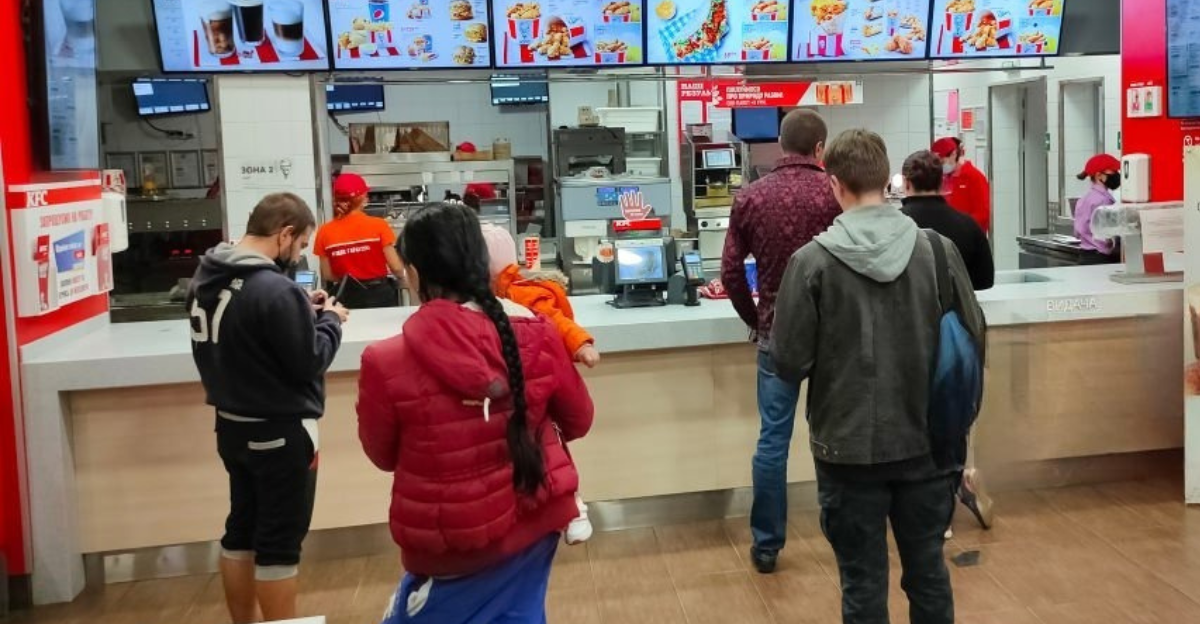
Fast food workers say that while the increased salary helps, they are still having trouble making ends meet. California has an issue with rising rents throughout the state, and these rents are often outpacing what fast food workers make. This can make it very difficult for people to afford an apartment close to where they work.
19. Conclusion

At this point, it looks like raising the wages of fast food workers has been like putting a band-aid on a bullet wound. The move was made in good faith, but the responses from the restaurant chains could hurt the workers in the long run.